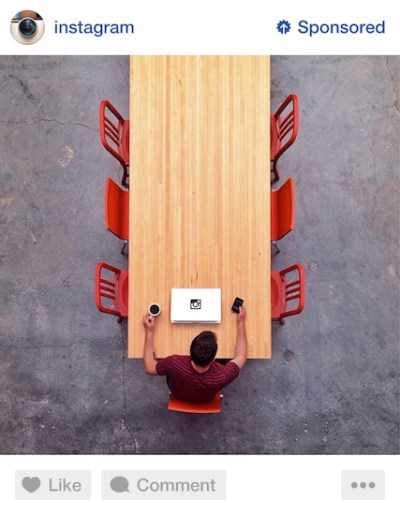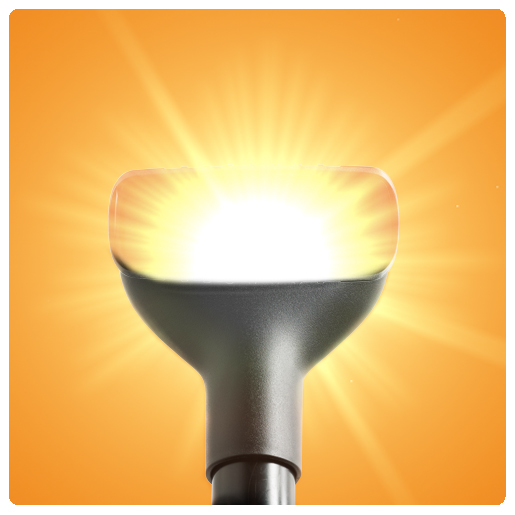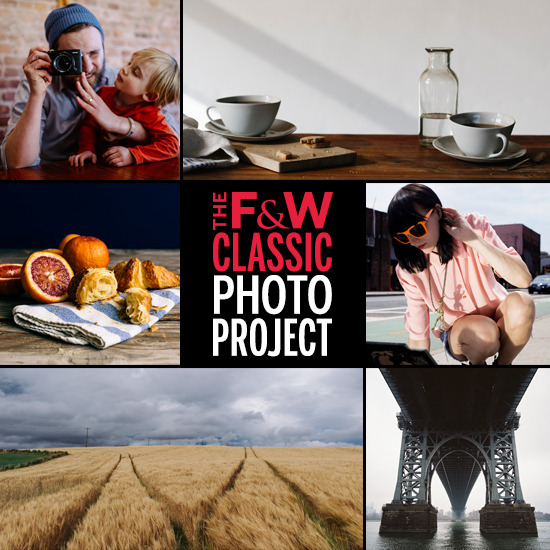If you've somehow missed it, you can find your own here:
https://www.facebook.com/lookback/
And you can just scroll through your facebook newsfeed to see the versions that your friends have shared.
It's in celebration of Facebook's 10th anniversary, but it's just as much a celebration of our memories & moments. And that's the real power here. I think people forget how meaningful it can be to just stop for a moment and remember. No seriously, just remember.
I think we've become accustomed to these sorts of photo slideshows at wedding receptions and when they're done well, they're bring smiles and tears to everyone watching. But we tend to not do anything like this for our own lives.
Facebook's done that for us, but there are a ton of other ways to do this. There are services like Memoir, Heyday, and Timehop. They're doing really interesting things turning your social sharing into something more meta (and I'll write about that at another time) but this is not something that's limited to services that do this for you.
For a number of years, we have made annual photobooks. Sometime in November, we review the photos we've taken over the year and make a simple book out of our favorite photos and moments. We started making them for our parents has Christmas gifts, but we quickly realized these are gifts to ourselves too. We make three copies so that each set of grandparents get one and we keep one in our coffee table. It's not just us grown-ups that look through them, but now our kids will look through them and have conversations amongst themselves, looking back on their short lives.
Anyways, the point here is not the method you use to look back. It can be a photobook, highlight video, or app. They all rely on us documenting our own moments though. It could be a facebook status, tweet, journal entry, photo or video. It could be birthday parties, births, or vacations. But it could also just be every duckface selfie you've taken over the years.
Stop for a moment. Take a photo. Write down what you're thinking.
You're going to appreciate those moments later this year, next year, or twenty years from now.








